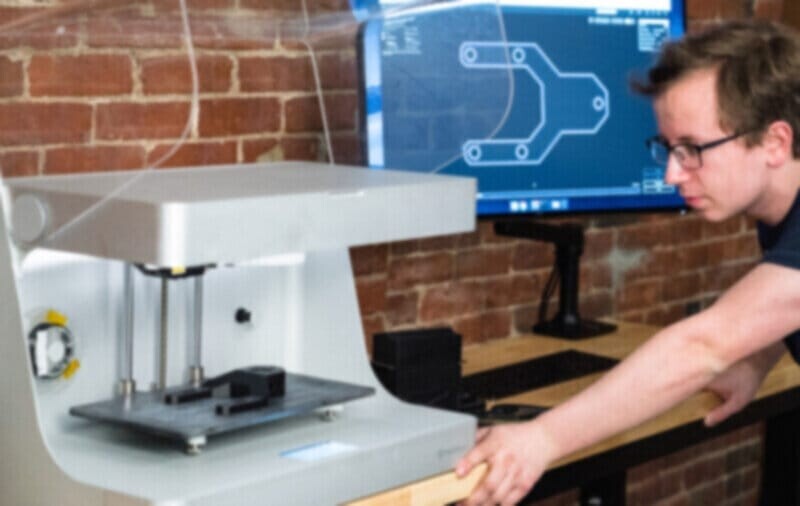Both 3D printing technology and composite materials, especially carbon fiber, are big players in the world of prosthetics, and with the Mark One 3D printer, students at Auburn University have designed and prototyped unique concepts in the field of accessible devices. Jerrod Windham, associate professor of Industrial Design in Auburn’s School of Industrial and Graphic Design, leads a class that is part of a project nine years in the making. Each semester, rehabilitation and industrial design students work with client users with physical disabilities to develop specific products that target their needs or desires as individuals.










